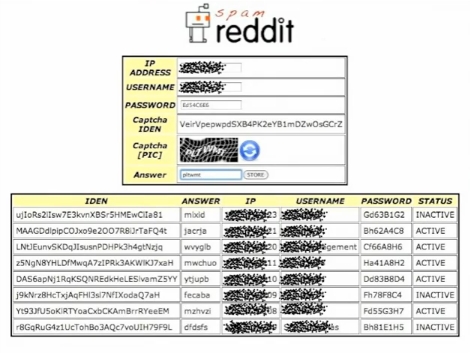Bear with us for a moment for a little background. The Rideau Canal Skateway in Ottawa is the world’s largest natural skating rink, providing nearly 8 km of pristine ice surface during the winter. But maintaining such a large ice surface is a challenge. A regular Zamboni can’t do it; the job is just too big. So the solution is a custom machine called the Froster, conceived by Robert Taillefer and built by Sylvain Fredette.

A patent was filed in 2010, granted by the Canadian Intellectual Property Office, and later lost because important notifications started going to an apparently unchecked spam folder. The annual fee went unpaid, numerous emails went unanswered, an expiry date came and went, and that was that.
It’s true that emailed reminders (the agreed-upon — and only — method of contact) going unnoticed to spam was what caused Robert to not take any action until it was too late. We’d all agree that digital assistants in general need to get smarter, and that includes being better at informing the user about automatically-handled things like spam.
But what truly cost Robert Taillefer his patent was having a single point of failure for something very, very important. The lack of any sort of backup method of communication in case of failure or problem meant that this sad experience was, in a way, a disaster just waiting to happen. At least that’s how the Federal Court saw it when he took his complaint to them, and that’s how they continued to see it when he appealed the decision.
If you’ve never heard of the Rideau Canal Skateway or would like to see the Froster in action, check out this short video from the National Capital Commission of Canada, embedded just under the page break.
Continue reading “When Ignoring Spam Loses You An Ice Surfacer Patent”

















